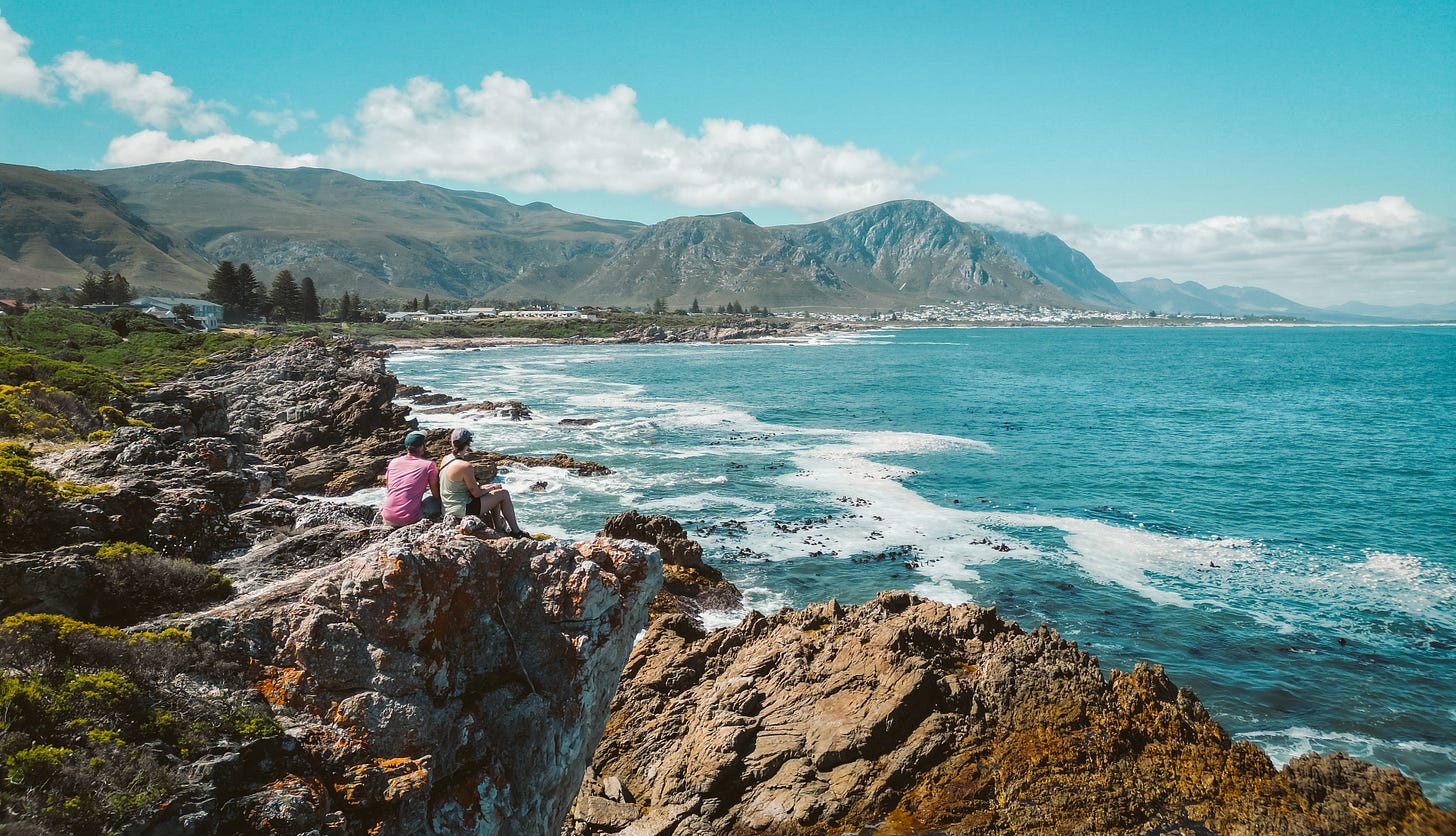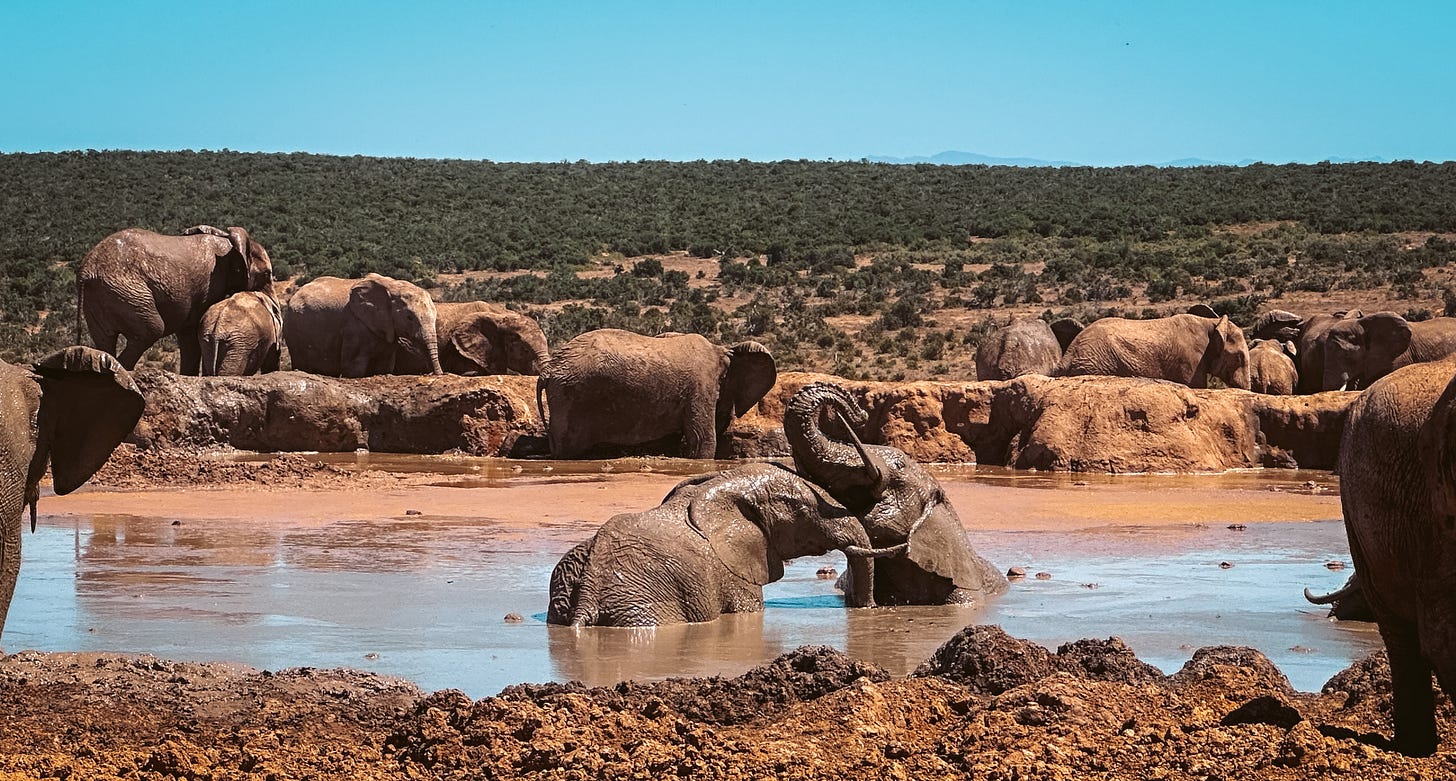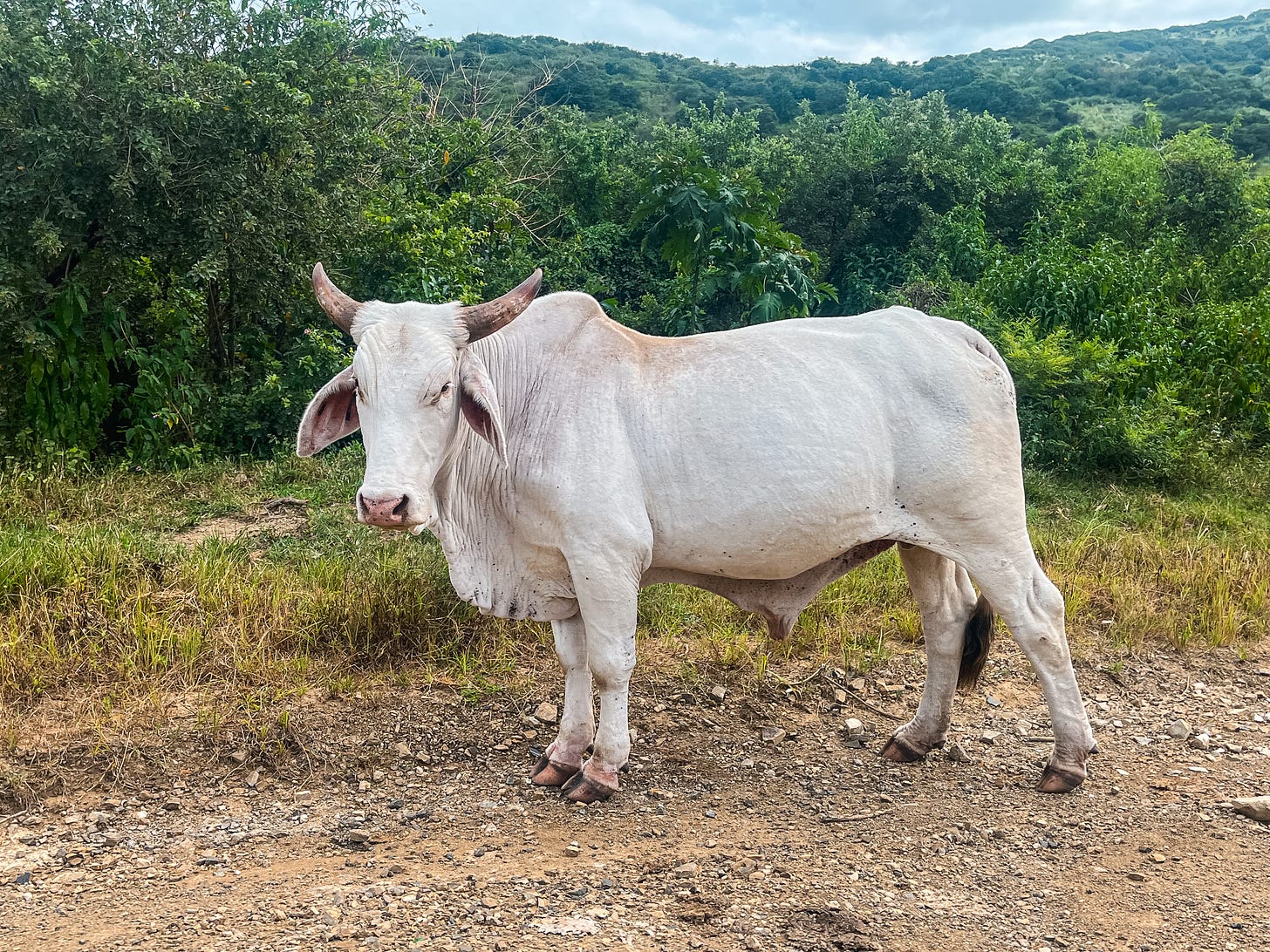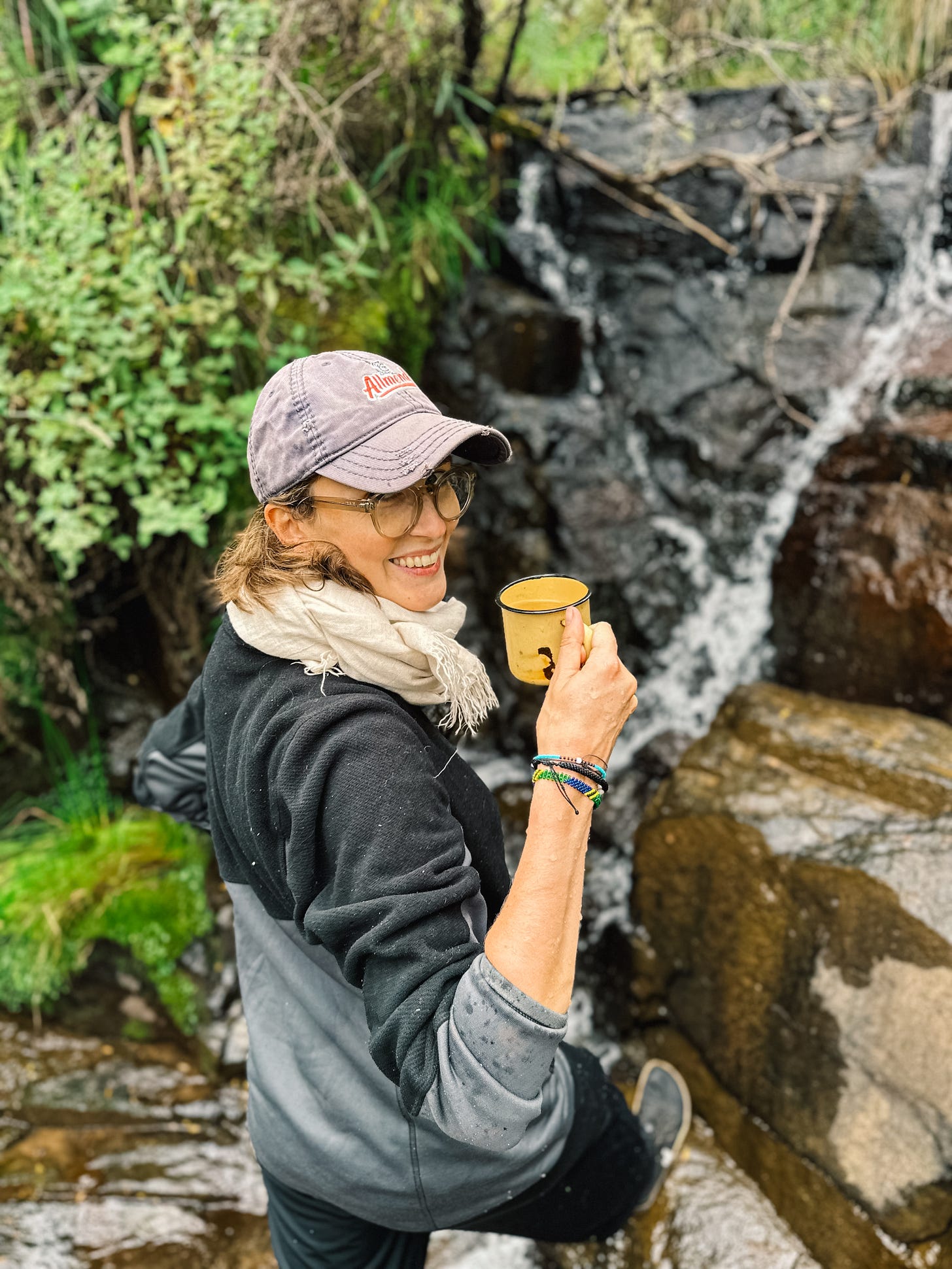South Africa is one of the most biologically diverse countries in the world, and if you’ve spent time here, then you won‘t find that hard to believe. I have never been to a country where it is possible to come into contact with new wildlife, or discover a new flower or plant, every single day. It’s an absolute paradise for animal and nature lovers! The rich biodiversity is a result of the country’s climate, typography, and geology, which varies hugely across its land. We were fortunate enough to observe these diverse ecosystems and their denizens during the last two months - and we‘ve learned so much!
“While it occupies only 2% of the world’s land surface area, South Africa is home to 10% of the world’s plant species and 7% of its reptile, bird and mammal species. Furthermore, it harbors around 15% of the world’s marine species. Endemism rates reach 56% for amphibians, 65% for plants and up to 70% for invertebrates.” - Convention on Biological Diversity
Wildlife
Being a home to the big five, South Africa is well established as a wildlife tourism destination, and the country has long benefitted from its wildlife population. But you don‘t even need to visit the national parks to view wildlife - it‘s all around you everywhere! You‘ll see baboons all over, and anywhere along the coast you will meet “dassies” (rock hyrax). We came across tortoises while hiking, and we even spotted a boomslang snake (you don‘t want to get too close to those guys, for fear of bleeding out of every orifice…). One of our wildlife spotting highlights was when we were on the beautiful Nautilius Beach at sunset, and we saw dolphins playing and surfing in the waves close by:
But of course the vast National Parks are also worth exploring. You can buy a “Wildcard” that costs 300$ for a couple, and it grants you access to 80+ national parks in South Africa - definitely worth it if you are spending a few weeks here. At Addo National Park we spent hours watching the elephants bathing in the mud. Probably one of my favorite moments ever…
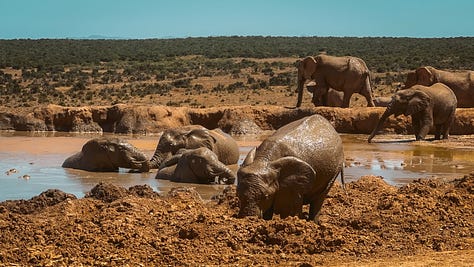
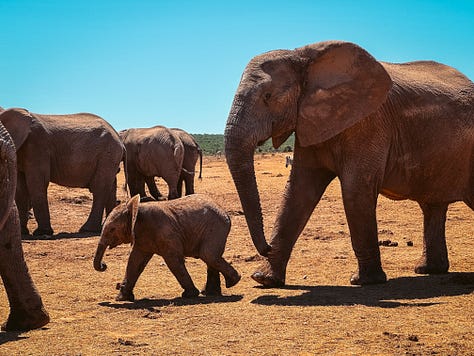


Drakensberg Biome
We’d probably rate the hiking in the Drakensberg mountain range in our top five favorite places we’ve ever hiked. It was incredible, and the landscape felt surreal at times. The Drakensberg Enscarpment stretches for more than 1,000km and reaches its’ highest elevation of 3,482m - Africa’s highest mountain range south of Kilimanjaro. The uKhahlamba Drakensberg Park lies in the west of the province KwaZulu-Natal on the Lesotho border. We hiked to the Tugela Falls, situated in the park, which is the world’s highest waterfall (947m). A highlight was being able to cool down in one of the many ice cold pools that litter the top of the peak, called the “amphitheatre”, especially at the top of the Tugela Falls.

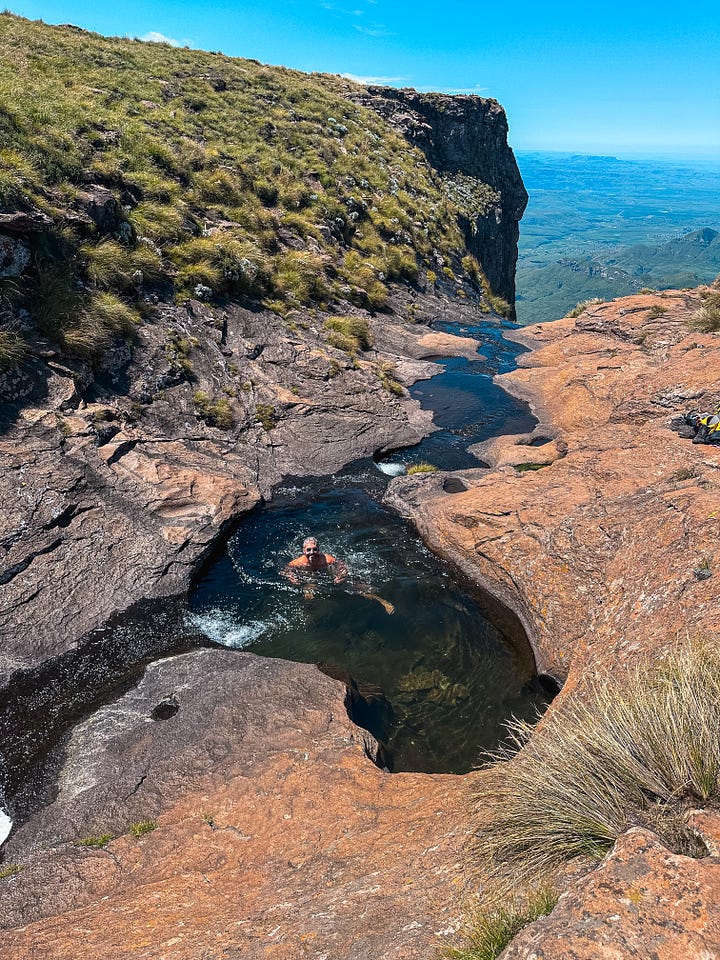
While the mountain peaks are treeless and are instead covered in grass, they are extremely rich in plant life. Of the 2,153 plant species on the steep slopes, 119 are endangered, and 98 are endemic or near-endemic. We saw so many different flowers during our hike, below is only a small selection of the flowers we came across!

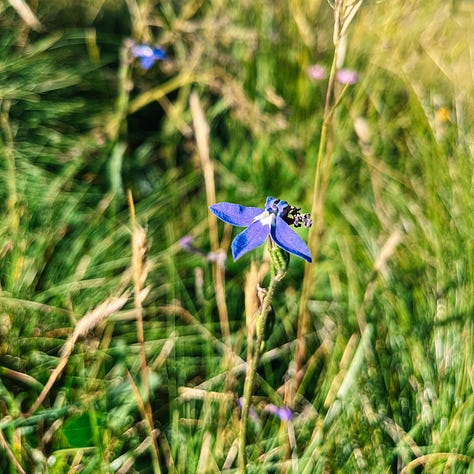
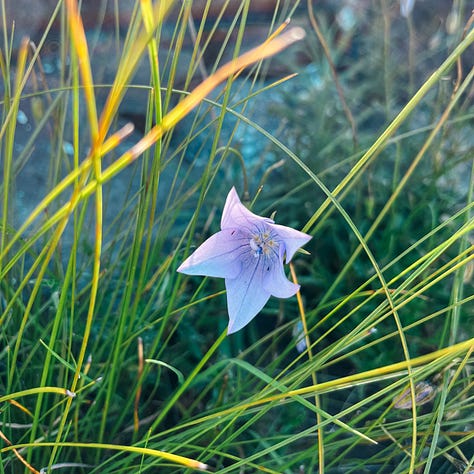
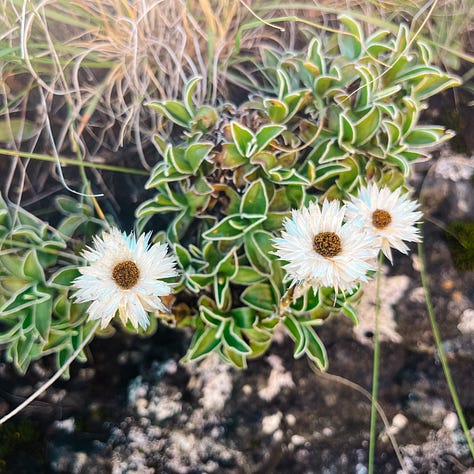
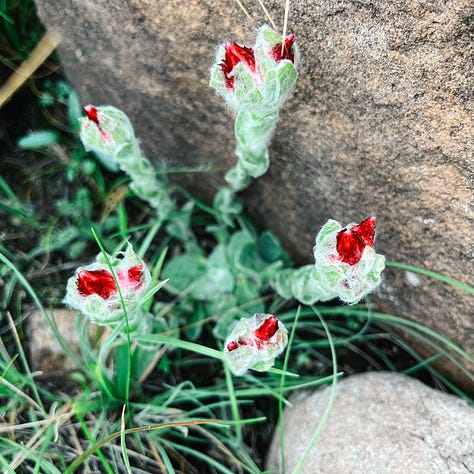

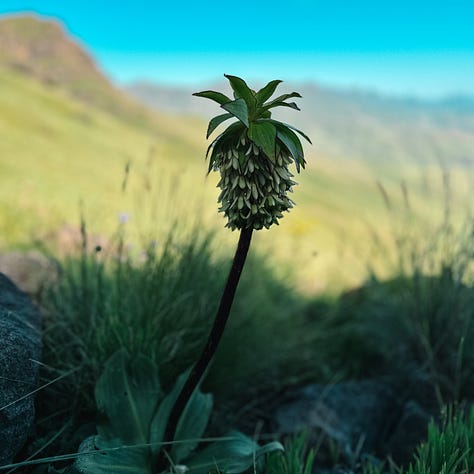


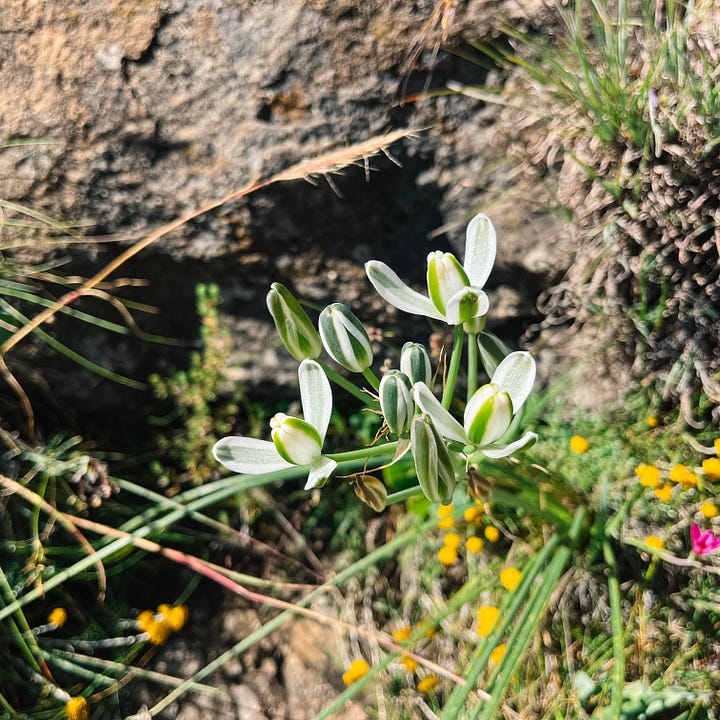
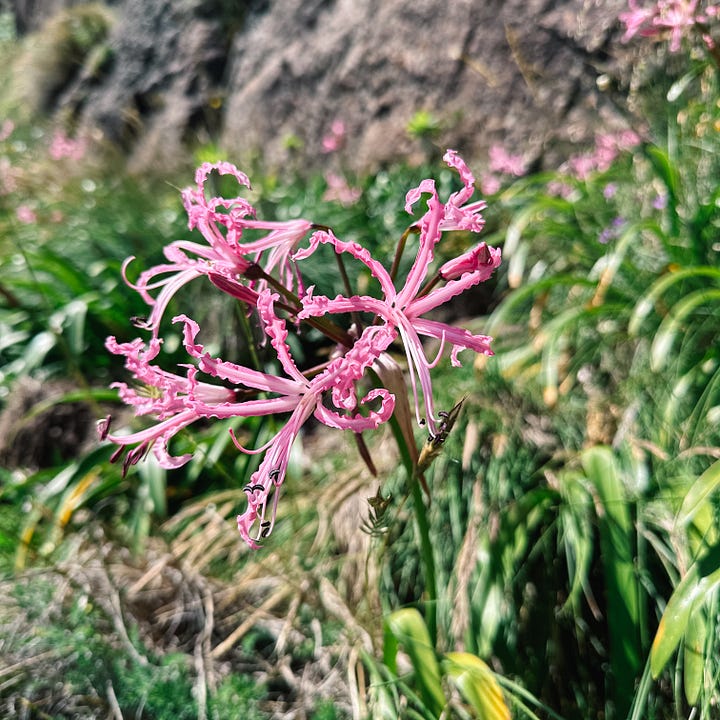
We had our eyes peeled for the chance to spot various species of antelope, including eland, klipspringer, the rare mountain reedbuck, and even the elusive leopard. Unfortunately we weren‘t that lucky, but we did cross paths with baboons and dung beetles, as well as many birds of prey like the Cape Vulture.
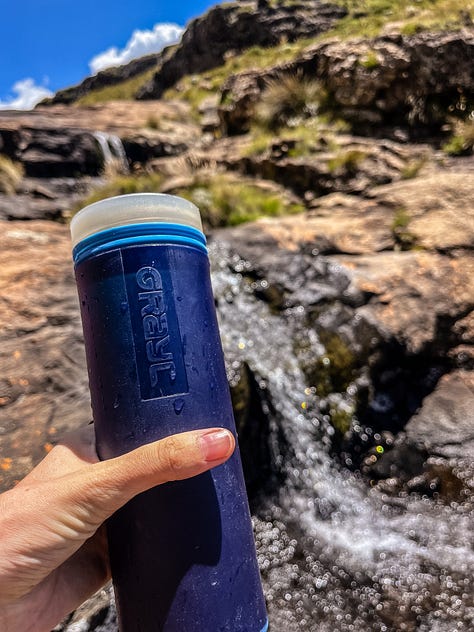

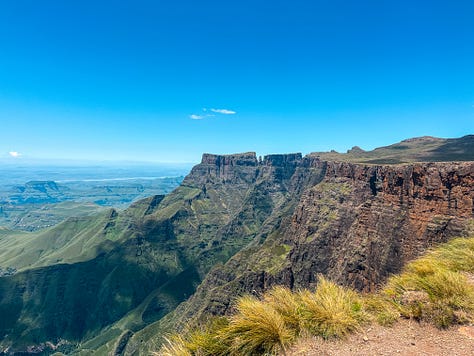
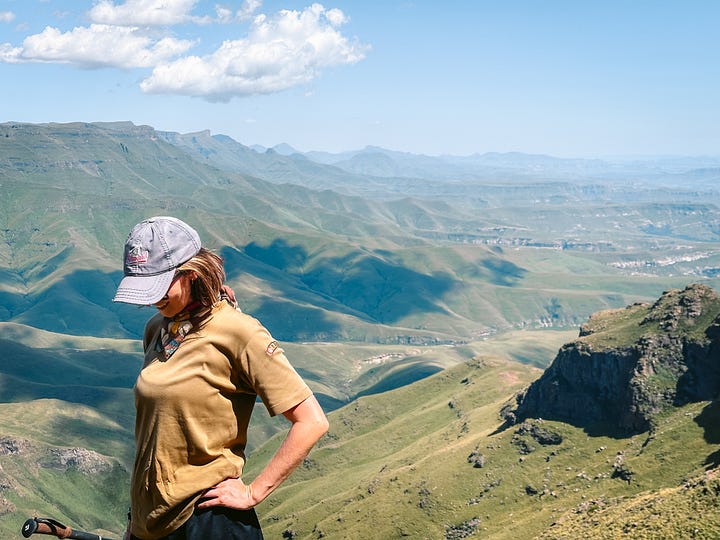
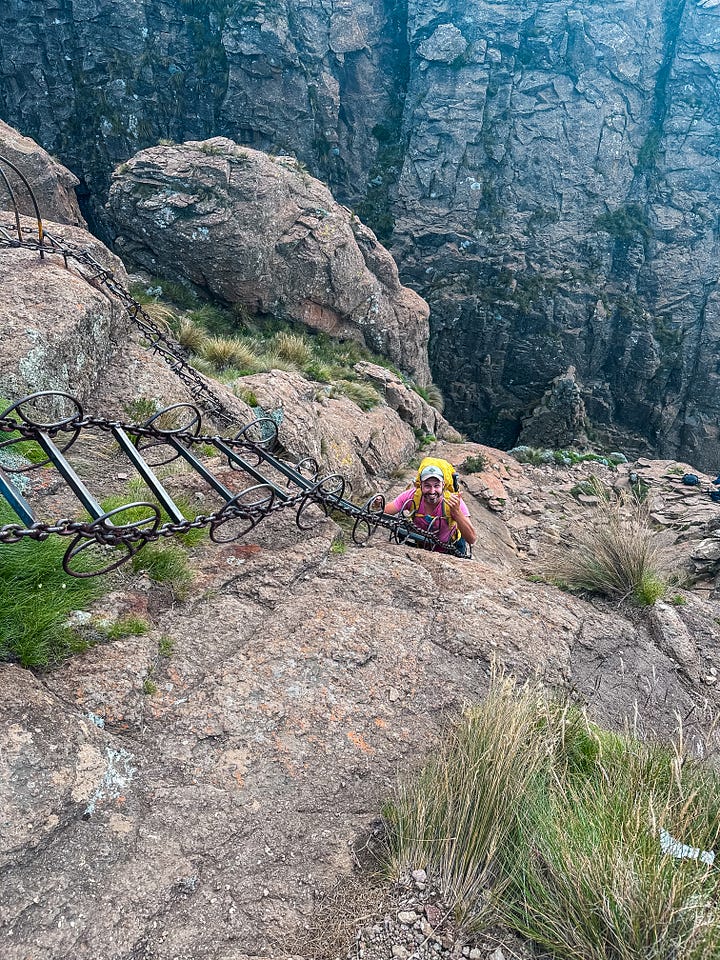
The Wild Coast
Often overlooked by tourists who tend to stick to The Garden Route, the ambitious Wild Coast feels like a true escape and is an absolute gem! Mind you it’s quite the trek to get there, and we were constantly overtaken by “bakkies” (pick-up trucks) on the rough gravel road - although at some stage all vehicles must eventually defer to potholes, cattle, and goats… On the wild coast we had pristine beaches all to ourselves - having a beach to yourself just never gets old! We hiked along the cliffs from Coffee Bay to Hole in the Wall (that’s literally the name of a village). The landscape along the cliffs was so similar to Ireland, you could easily mistake it for Inis Mór. In fact South Africa often reminded us of Ireland, especially when it was cloudy and misty…
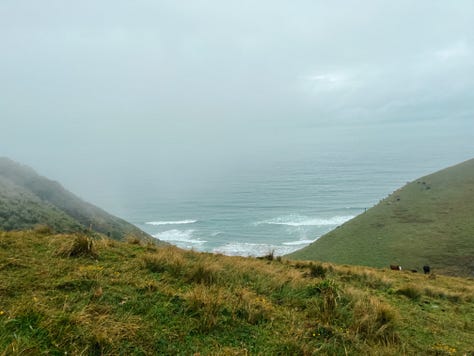
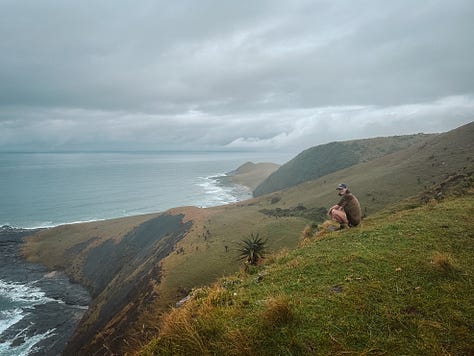

We stayed in a wonderful guest house in Mdumbi called Sizani Lodge, run by Wim and Lydia. They are so extremely welcoming, the kind of people that make you feel right at home straight away. I was lucky enough to spend my birthday at their place, where they spoiled me with fantastic food and great conversation, among all their cats and dogs. Wim is a former professional rugby player (played for Italy, also in the Six Nations against Ireland a few times), so of course there were lots of rugby chats. Dips in the ocean, lots of animal cuddles, awesome company, and delicious food - sums up my 33rd birthday on The Wild Coast.
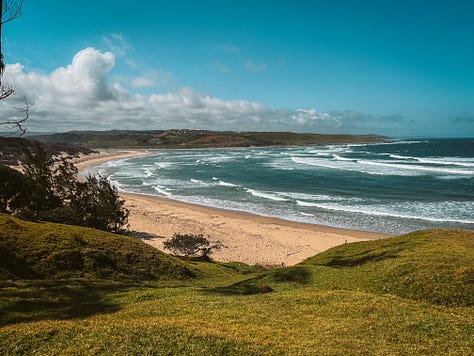

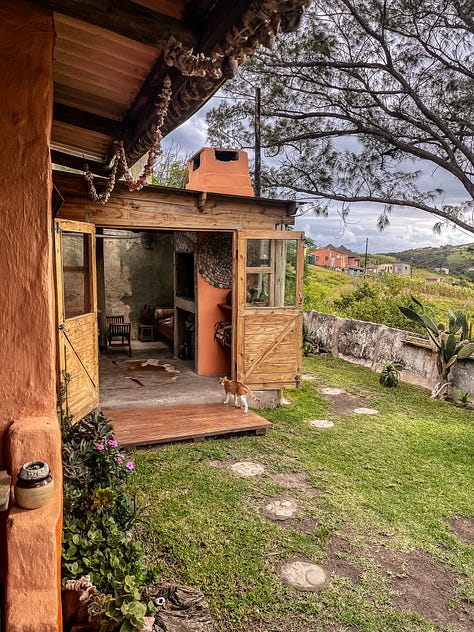



Western Cape
The ecosystem is the foundation of the Western Cape’s economy. It’s the country’s leading exporter of agricultural commodities, the biggest export being wine, as well as being the preferred destination for tourists due to its’ outstanding natural beauty. Western Cape is also home to the Cape Floristic Region, the smallest and most diverse of the six global Floral Kingdoms, and one of the 34 globally recognized biodiversity hotspots. To put it into context, Western Cape is less than one-hundredth of the size of the British Isles, but is home to more than six times as many plant species. Of the thousands of plant species that are indigenous to Cape Town, 190 are known to be endemic to the city, specifically to the area of and around Table Mountain. Although the biodiversity of Western Cape is not just limited to plants. The region is also home to diverse animal species like the Cape Penguin, the Cape Mountain Zebra, and many different types of birds, reptiles, and marine life.
Wine is the Western Cape’s biggest export, and the industry continues to expand. But unfortunately vineyards are detrimental to natural ecosystems. Wine growing is of course a monoculture, who’s over reliance on inorganic fertilizers, pesticides, mechanization, and irrigation, eradicates plant diversity, poisons bees, and sacrifices wildlife - a concern in a region as biodiverse as the Western Cape. If you enjoy South African wine, keep an eye out for the “BWI label” (Biodiversity & Wine Initiative). Winemakers that are part of this initiative conserve a hectare of land for every hectare of vineyard they own. In other words, buying the right bottle can contribute towards conservation in the cape.
Thanks for reading our second postcard from South Africa. We hope you enjoyed it :)
Don’t forget to subscribe, if you haven’t already!





